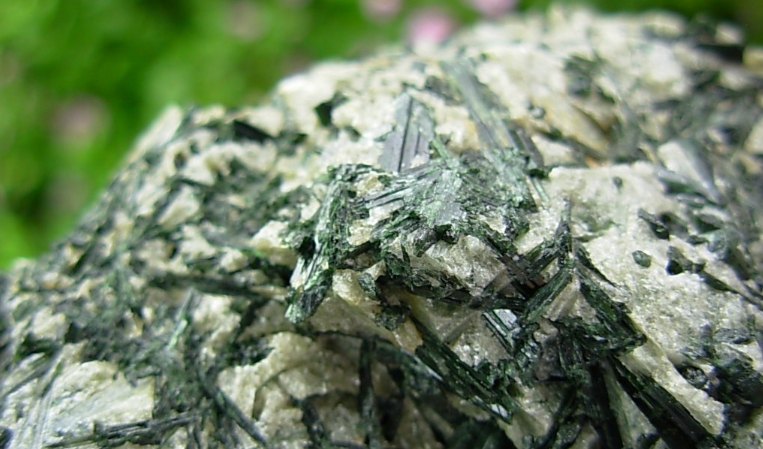Talc schist is a type of metamorphic rock that is known for its unique geologic beauty. Here, we will take a closer look at this stunning rock formation and explore its characteristics.
Formation of Talc Schist
Talc schist forms when preexisting rocks, such as shale or basalt, are subjected to high temperatures and pressures deep within the Earth’s crust. This process, known as metamorphism, causes the minerals within the rock to recrystallize, giving rise to the distinctive foliated texture of schist.
Characteristics of Talc Schist
One of the defining features of talc schist is its high talc content, which gives the rock a smooth, greasy texture. This mineral composition also imparts a pearly luster to the schist, creating a visually striking appearance.
In addition to talc, talc schist may also contain other minerals such as mica, chlorite, and quartz. These minerals contribute to the rock’s overall color and texture, with mica adding a shimmering quality and chlorite imparting a green hue.
Uses of Talc Schist
Talc schist has a wide range of uses due to its unique properties. For example, talc, a primary component of talc schist, is commonly used in cosmetics and personal care products for its softness and absorbent qualities.
Additionally, talc schist is often used as a decorative stone in landscaping and construction projects. Its attractive appearance and durability make it a popular choice for countertops, flooring, and decorative features.
Overall, talc schist is a fascinating and beautiful rock formation that showcases the transformative power of geologic processes. Its smooth texture, pearly luster, and unique mineral composition make it a standout example of the natural beauty found in the Earth’s crust.

